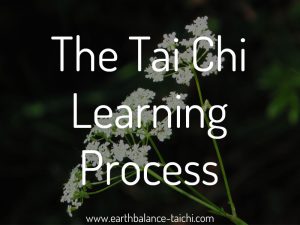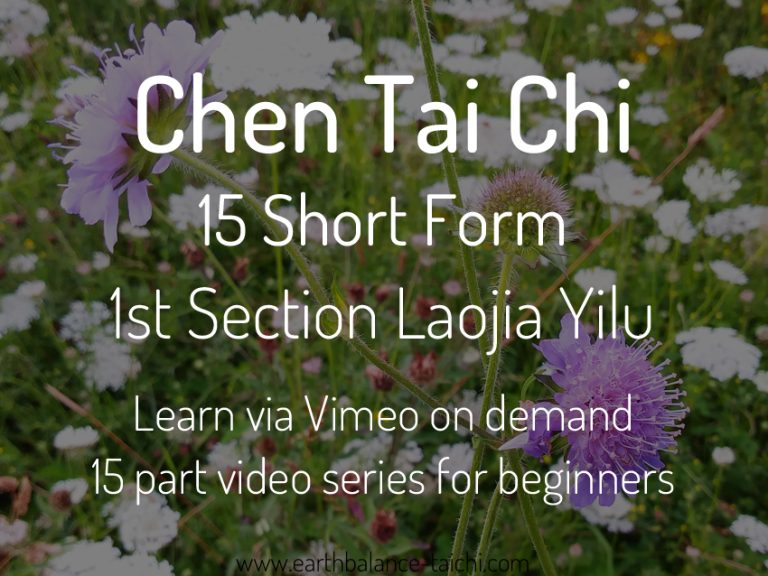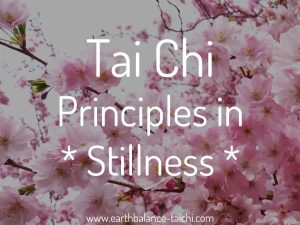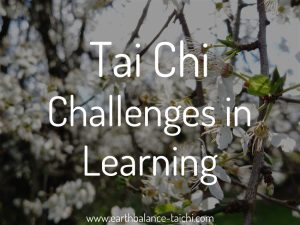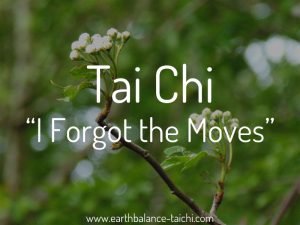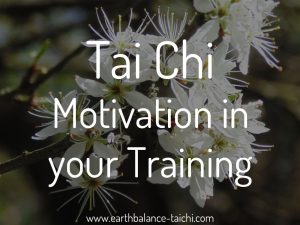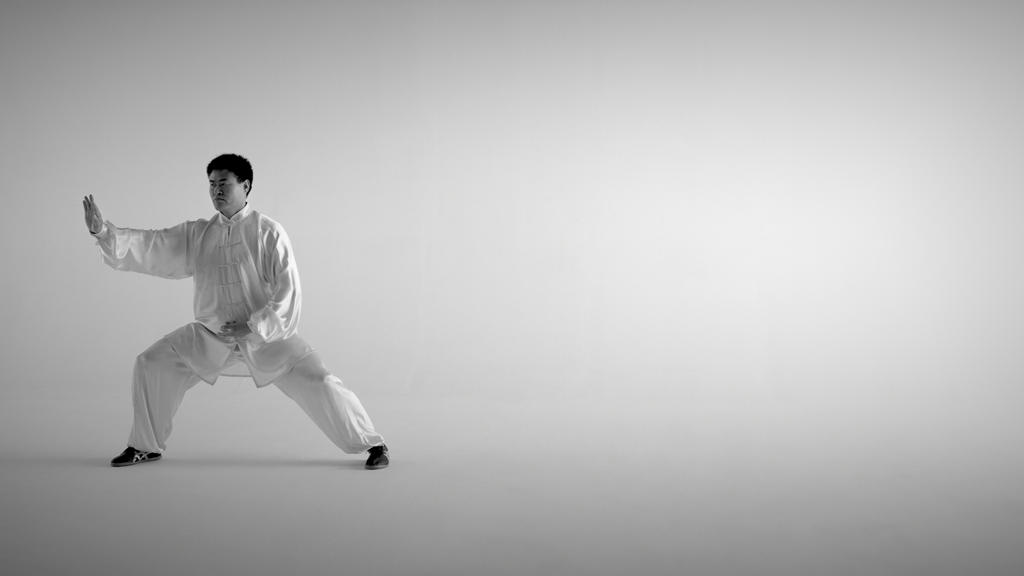Method Not Mimic
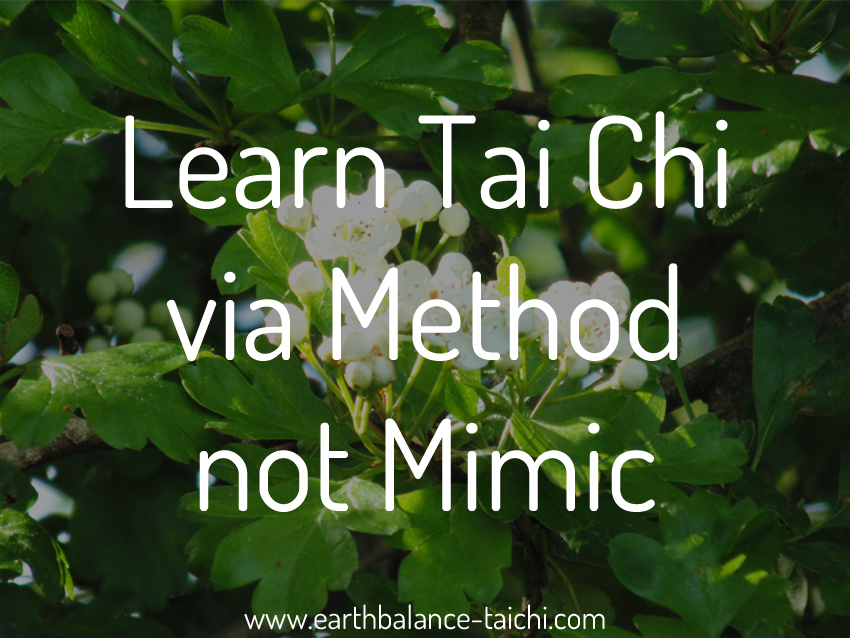
Method Not Mimic
Your Tai Chi Journey
As a beginner when learning the internal martial art of Tai Chi or Qi Gong, it is important to learn how to move rather than mimicking the instructor. Without guided and personal instruction, the movements become mere choreography. If you simply watch and follow your Tai Chi or Qi Gong instructor, you will only be able to copy what you see. This is a trap. You will probably end up waving your arms around in the air like a dance. Yes, there are many Tai Chi classes you can attend where this does happen. This is the difference between learning traditional Tai Chi or Qi Gong versus Tai Chi or Qigong like exercises.
Always Think; Method not Mimic
As a beginner it is important to learn the principles of movement. First, start with the foundations, looking at your physical alignment and your posture. Learn how and why you move in a certain way in Tai Chi. Learn where the moves originate from and how the whole body is connected as one unit, never moving in isolation. The foundation exercises are the most important in your training, as without good solid training and practice at the beginning, the rest of your Tai Chi journey will be repeating the same mistakes. Getting the basics right cognitively and physically, and well practiced is your goal.
It is the role of your instructor to ensure you grasp the method and principles, working at your own pace and in a way that you can relate to. We all have different learning styles, some visual, some verbal, kinetic and audio etc. Your instructor will work with you using their experience to translate the information into easy to learn movement-bites. We learn one principle at a time, with a single point of focus. This helps avoid becoming overwhelmed and mentally frazzled by too much information, too soon. Train until the basic postures, movement principles and choreography are in your muscle memory. At that point it is possible to move onwards to layer training.
Authentic Tai Chi is like an onion with several layers to explore. Hands on adjustments are one of the best ways to fully understand the principles. Your instructor may hold your knees and wrists, or move your shoulders or hips to demonstrate what makes a good alignment through the moves. Your instructor will also advise why we hold our body in a particular way looking at the health benefits, to prevent injury, and for creating power in martial applications. To follow along whilst only watching an instructor without explanation and hands on guided tuition, this is not truly Tai Chi as it removes vital elements of development.
Learning the purpose or method of a specific movement will give create memory hooks that help you progress. You are more likely to remember a movement if you know how, where, when and why! Otherwise, you are merely learning choreography as a dance, without a connection or relation to something tangible. Consider the following points:
- How should the movement feel?
- Where should the focus be?
- What is the purpose of the movement?
- Where is the weight and why?
- What is happening in the internal body?
- What is the martial application?
- How is the breath coordinated?
- How does the body move in unity?
- What drives the movement?
- Where do you look?
- How are the upper and lower body connected?
- In Qigong, you can extend the questions to what is the purpose of this movement in Traditional Chinese Medicine?
Self Responsibility in the Method
After a lesson, have you understood the method you have been shown? Have you written notes to refer to in your home practice? Do you practice what you have been taught, to digest the lesson for yourself? The best way to learn effectively by method is to dive into your own training outside of the classroom, to become a proactive self-led learner. If you take on the challenge of your own progression, you will improve in leaps and bounds compared to watching and following.
As an instructor, I can say that students who prefer to watch and follow in a class, over one hour per week, they sadly don't learn very much. Yes, they do benefit from performing healthy and dynamic movements, the deep breathing and the deliberate slowing down of mind and body. However, they do not progress very well and tend to express frustration. This is a classic mismatch of student expectations versus the effort needed for results. Many students are not willing to put in the effort needed to progress.
Being skilled in Tai Chi and Qigong does not come from being a different type of human being, there are no special skills nor powers. Simply, show up and do the work, study and train for a long time, practice frequently and seek guidance from teachers. . You will only get out of your practice, what you put in. Learn by method, with hard work and effort applied over time, known as 'gong fu' in the Chinese martial arts world. Just like every other area of life, if something is worth doing it takes a long time. In Tai Chi and Qigong, they are complex life-long practices where we work hard towards small successes.
